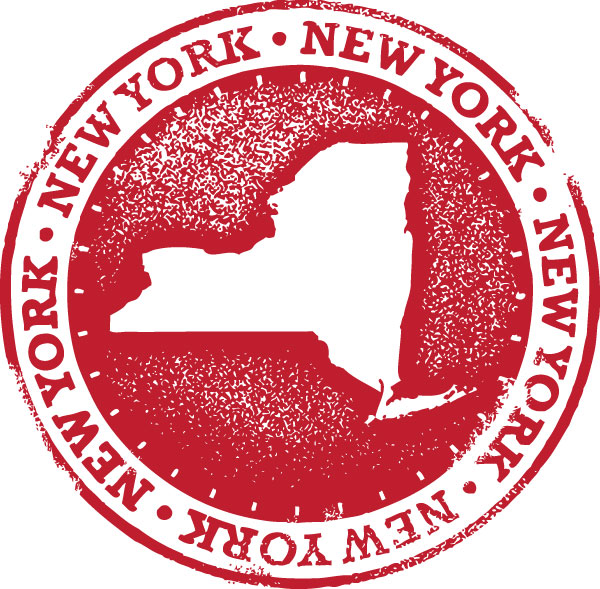It’s a subjective question. Are we doing enough?
Everyone agrees that elder abuse and neglect should be stamped out. Everyone agrees that it should be reported and dealt with as quickly as possible.
The state of New York is working towards reducing and eliminating cases of elder abuse, but we could always do more. There is no magic number that indicates enough is being done. And with the third largest elder population in the country, New York has the opportunity to lead the way on the issue.
The New York State Elder Abuse Prevalence study of 2010 – the first of its kind in the U.S. – uncovered some alarming statistics:
- 3.24 documented cases of elder abuse per 1000 elderly residents
- 76 self-reported cases of elder abuse per 1000 elderly residents (meaning only 1 in 24 cases is reported in the state)
- Roughly 260,000 older New Yorkers were the victim of some sort of abuse between 2008-2009
As with other states, there are laws that deal directly with the problem, including N.Y. Penal Law § 260.32 and N.Y. Penal Law § 260.34, both of which address “endangering the welfare of a vulnerable elderly person, or an incompetent or physically disabled person”. Kathy’s Law, signed in 1998, increased penalties to caregivers found guilty of injury to incompetent or physically disabled adults over the age of 65. Laws exist, and authorities are aware of the issue.
New York is also home to several innovative programs that aim to assist and educate on elder abuse and neglect.
The Weinberg Center for Elder Abuse Prevention leads the way. Opened in 2005, it’s the nation’s first regional emergency shelter, and offers assistance to other states looking to replicate their model. They offer short-term housing, legal advocacy, health care, and other support services to victims of elder abuse over the age of 60.
In 1995, New York state established the Elderly Abuse Education and Outreach Program to provide outreach to the general public. It includes money to expand existing programs in communities, funding to identify and intervene as necessary in abusive caregiver-receiver relationships, and various other funding initiatives. In 2013-14, the program assisted with 245 public awareness presentations, 98 training sessions, direct intervention in 661 elder abuse cases, and 30 adults received bill paying services, among many other things. Their efforts are varied and far-reaching.
New York City started its Elder Abuse Center in 2009. Its two teams in Manhattan, and one in Brooklyn, facilitate a multidisciplinary approach to investigation, response, and intervention. The NYCEAC coordinates between government offices and nonprofit agencies to provide rapid service, education programs, and consultations in suspected cases of elder abuse. The center estimates that up to 96% of the 120,000 annual cases in New York City go unreported.
Where the state does fall short, though, is in the placement of mandatory reporting laws. New York is the only state in the U.S. without a legal obligation to report suspected cases of abuse or neglect. We’d like to believe that anyone holding such suspicions would make that call, but without a legal impetus, many people opt to stay out of it. Adult Protective Services (APS) personnel are obligated to report suspected abuse to authorities, but there is no such requirement for others, or for law enforcement to investigate those reports.
If we truly want to be doing “enough”, that should be reevaluated. We can do better.
In an effort to motivate others to get involved, New York Social Services Law §473-b grants immunity from civil liability to anyone who reports suspected elder abuse in good faith. It offers protection to physicians, social workers, and other professionals working in the industry. It’s a step in the right direction, but a far cry from the mandatory reporting laws that exist elsewhere.
There is other help and assistance for those who know where to look, including the Elder Care Resource Center, the New York State Protective Services for Adults Hotline at 1-800-342-3009, the New York State Department of Health nursing home complaint page, the Bureau of Adult Services, local Department of Social Services offices, and various other sites devoted to elder abuse and related topics.
Help exists. Laws are on the books. Professionals are working on behalf of victims and their families.
Are we doing enough? It’s for each of us to decide. If you suspect someone you know is the victim of elder abuse, please come forward and report it to the appropriate authorities. Give a voice to those who can’t always speak for themselves.
Together, we can make elder abuse in the state of New York a thing of the past.

